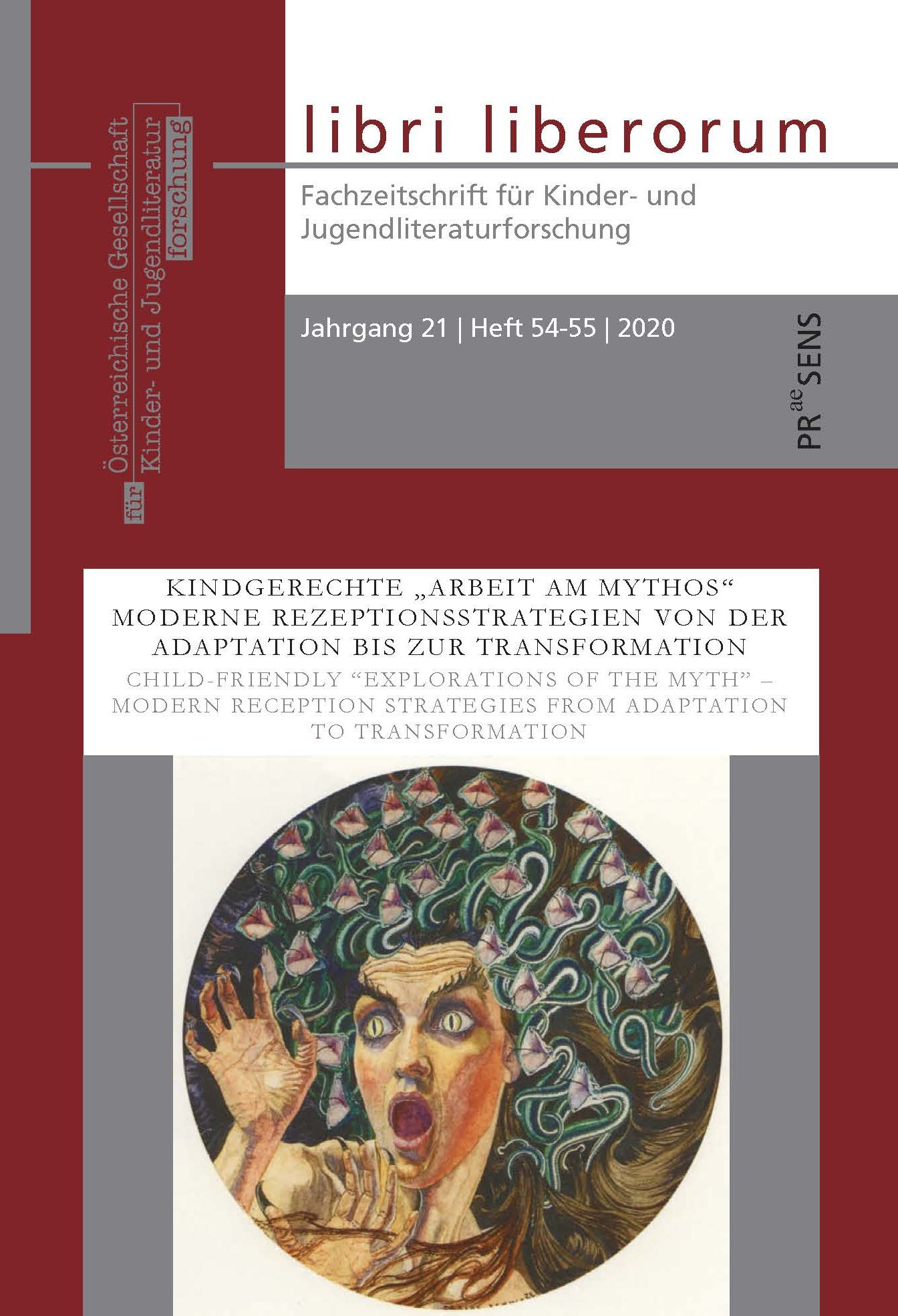Fantastic Beasts, and where and why you will find them outside ancient mythology - a search for clues inside Harry Potter’s world and beyond
Keywords:
Joanne K. Rowling: Newt Scamander. Fantastic Beasts and Where to Find Them, Friedrich Justin Bertuch: Bilderbuch für Kinder, Conrad Gessner: Historia Animalium, Pliny the Elder: Naturalis historia, Species ProtectionAbstract
Since antiquity, fantastic creatures have been an intrinsic part of literature – in belletristic genres, but also in scientific works and encyclopedias. This combination, typical of ancient times, may appear a little strange today, but was the starting point for renowned research in science(s) and paradoxography at the same time. In children’s literature and books for young adults, this parallelism is deeply grounded in crossover texts. A closer look at Joanne K. Rowling‘s magical universe may add some new details to a somehow wider field: Especially Newt Scamander‘s schoolbook Fantastic Beasts and Where to Find Them offers new aspects: (a) as a means of literary theory, because it has appeared as a spin-off in editions for different target audiences; (b) as a piece of art, due to the fact that fantastic illustrations help to visualize the fantastic beasts; (c) intermedially and cinematographically, because Newt Scamander’s biography was turned into a blockbuster relying on special effects to bring his creatures to life. This paper will try to amalgamate the interpretation of ancient sources and its transfer to modern times, but also show that Rowling as a classical philologist managed to create the perfect mixture of fact and fiction, based on a variety of species (traditional individuals accompanied by totally new ones) and their transformation. In this sense she fulfils the motto – (originally not developed for children): I don’t care about my age. I want my unicorn NOW! However, Rowling tries something even more important through Scamander’s words: She is fighting for species protection – on the surface concerning fantastic beasts, on a subtext level as an admonitory metaphor for humankind’s behavior towards their fellow creatures.



